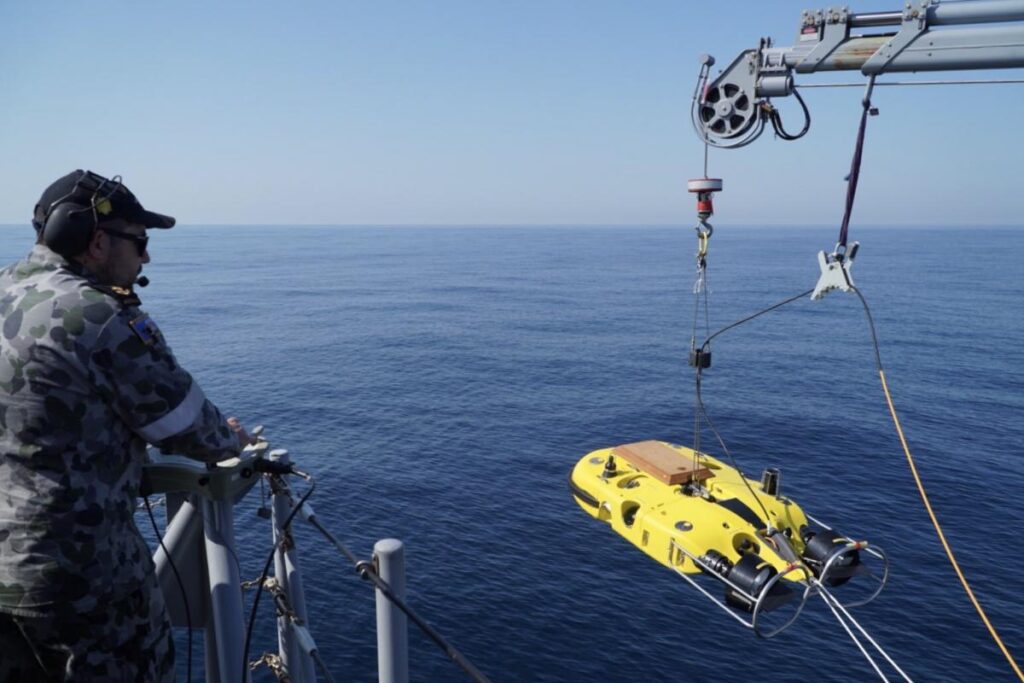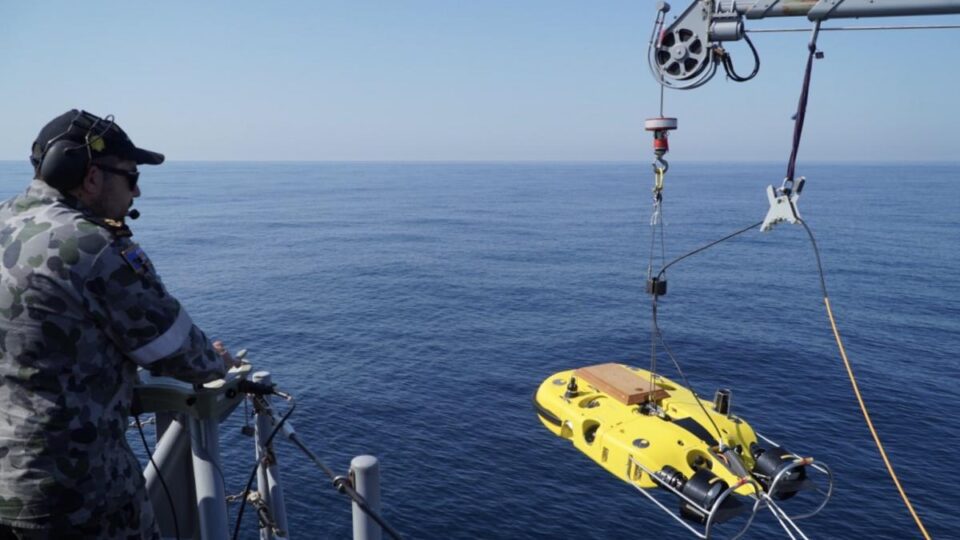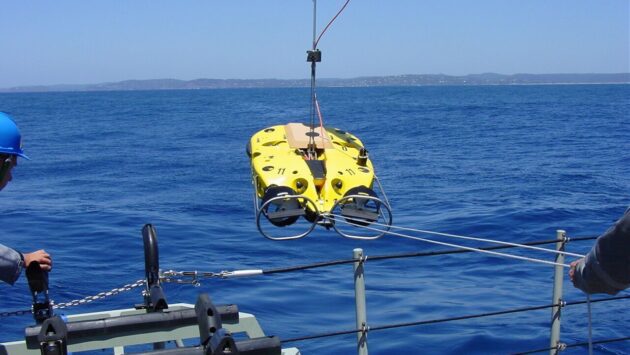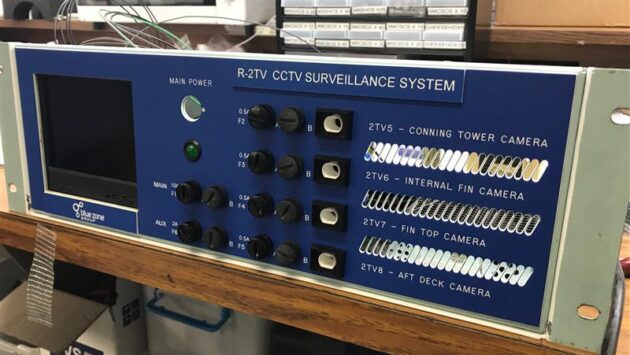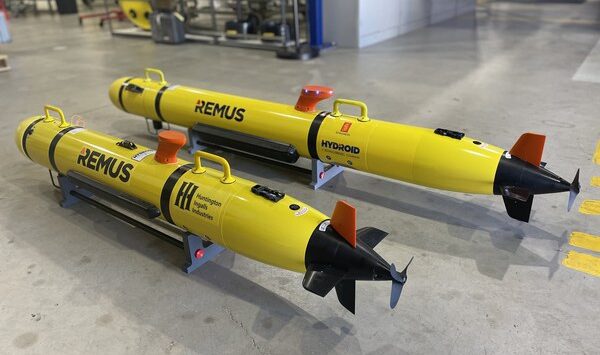Tip of the Spear
Mine Disposal using the Double Eagle Remotely Operated Vehicle
Huon-class minehunter coastal HMAS Gascoyne started its latest deployment with a bang, conducting a live mine disposal activity off the coast of northern NSW. The live firing came just days into a deployment during which the ship will circumnavigate Australia to conduct vital route surveys of Australia’s most important and strategic waterways. Minehunter coastal ships regularly conduct simulated mine disposal firings to prove their skills and drills to neutralise maritime sea mine threats.
Navy’s four minehunter coastal ships are purpose-built and have no ribs, frames or stiffening points in the hull in order to better absorb shock from underwater explosions. With a world-class sonar and a very low magnetic and acoustic signature, Huon-class ships and their crews are well prepared to counter sea mine threats. The threat to ships crews from operating in or near a minefield is very low due to the design features that that have been learned through many years of mine clearance operations.
Modern mine disposal relies on the capability of Remotely Operated Vehicles such as the Double Eagle operated by many global navies. Essentially these vehicles are underwater drones that are operated by a pilot from the surface. Automated guidance systems can assist with piloting an ROV from launch to the mine location, however, just like aerial drones a pilot is required for much of the mission to exercise positive control over the vehicle. In the final stage of identification and disposal a pilot enables visual identification, real-time control and precise maneuvering when near to a seabed contact.
Read More
